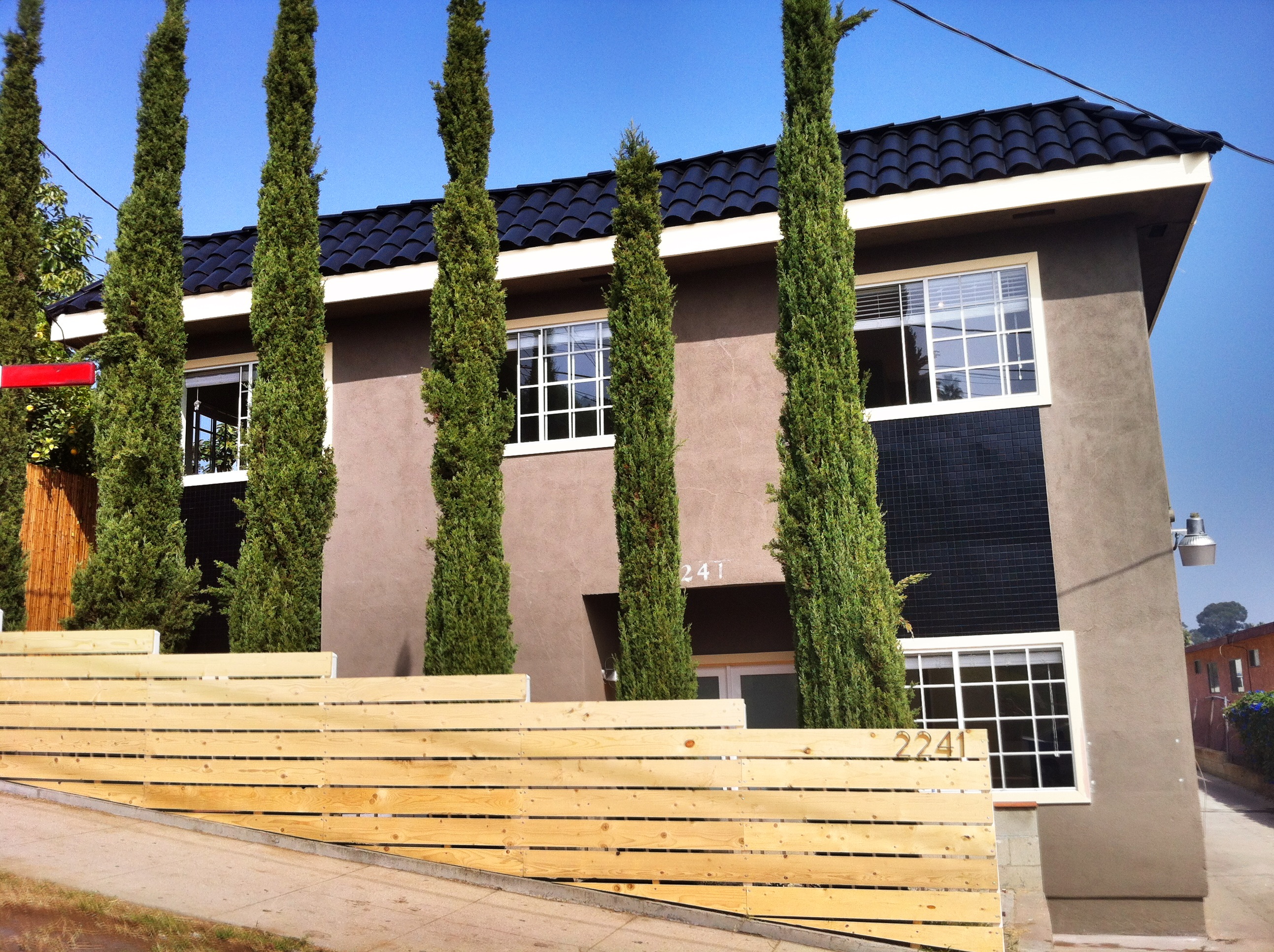 A very important question in Los Angeles real estate is whether it’s better to rent or own your building. The answer is that it depends on what area you want to live in.
A very important question in Los Angeles real estate is whether it’s better to rent or own your building. The answer is that it depends on what area you want to live in.
I almost never advise my buyers to look at buildings in Santa Monica, Venice, West L.A., Beverly Hills or West Hollywood because rents there just don’t justify purchase prices. You’ll almost never cash flow with an apartment building in those areas. What does that mean? If you want to live in an apartment building in that area, don’t buy it, rent it.
However, if you want to live in East Hollywood, Mid-City, Echo Park, Silver Lake, or even farther east, buying is your best bet. Rents in certain pockets are just as high as Venice and Santa Monica, but they can sell for half as much.
So what if I want to live on the west side but I still want to buy a building? Simple: buy on the east, live on the west. The west side is a renter’s market. The east side is a landlord’s market. While there’s a certain pride of ownership in owning property in your favorite westside neighborhood, it’s not the most financially sound decision.


